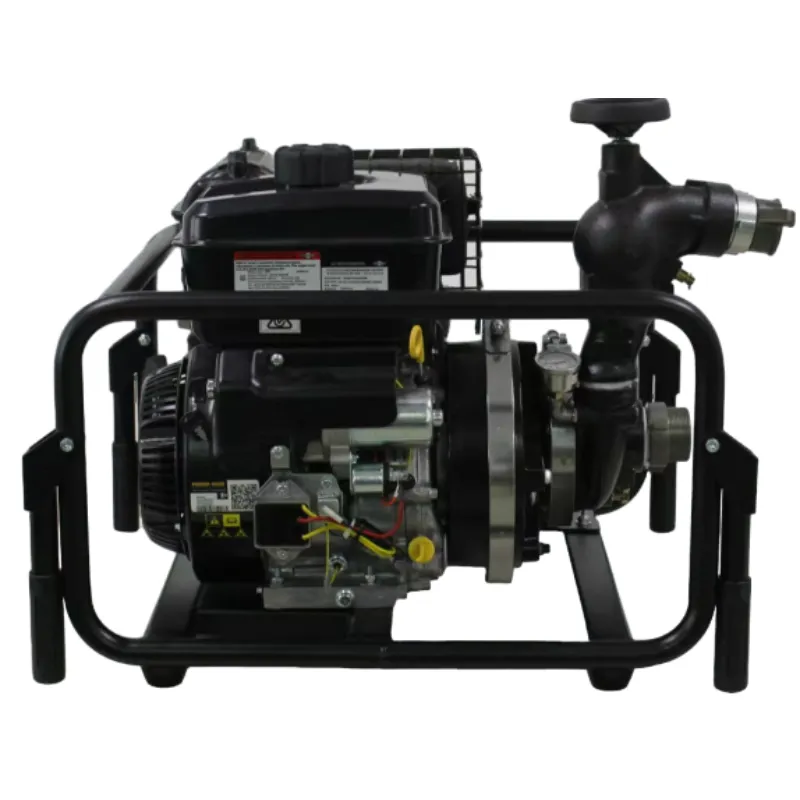

The deployment of these tools, however, requires rigorous training and expertise. Firefighters undergo intensive training programs, where they not only master the use of these tools but also learn how to maintain them. Regular maintenance is crucial as it prolongs the life of the tools and guarantees their functionality during critical moments. Sharpening blades, tightening handles, and immediate repair of any damages are standard practices that underpin the reliability of these tools. While technological advancements introduce new firefighting machinery, the enduring presence of hand tools in wildland firefighting stresses their importance. They offer unmatched precision and accessibility, especially in environments where machinery cannot reach. Furthermore, the reliance on these tools speaks volumes about their authority in the field, backed by decades of consistent and successful application. Manufacturers recognize the critical nature of these tools and continually strive for improvements, incorporating lightweight materials and ergonomic designs to enhance their effectiveness and ease of use. The trust placed in these tools is reflected in the rigorous testing processes they undergo to meet industry standards and the feedback from experienced firefighters who rely on them. In conclusion, the role of hand tools in wildland firefighting cannot be overstated. Their success lies in their simplicity, reliability, and adaptability. Each tool, from the Pulaski axe to the council tool fire rake, is a reflection of craftsmanship and innovation, backed by a legacy of expertise and trust. As wildland landscapes and firefighting challenges evolve, the commitment to improving these tools heralds their timelessness and unwavering service in safeguarding both land and lives.





























